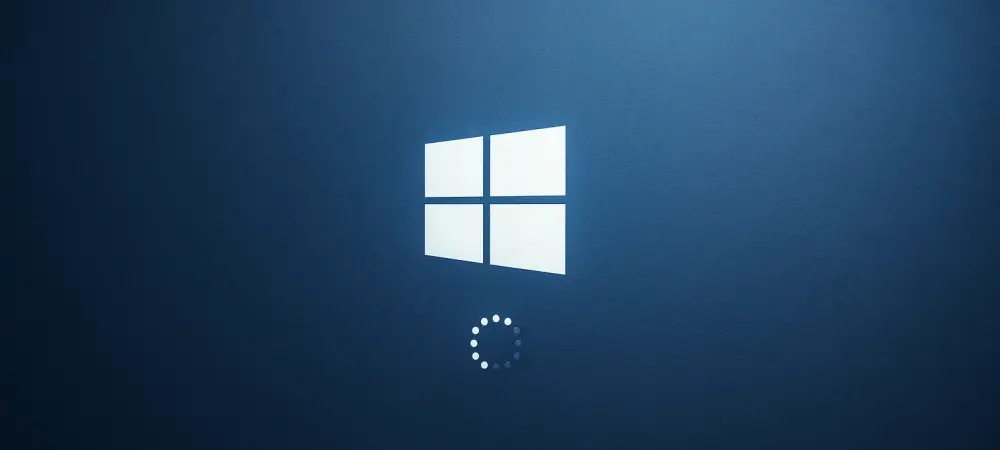Imagine a long day at work coming to an end with a simple click to shut down your computer, only to be met with frustration as millions of Windows 11 users have experienced when that click leads to an unexpected restart instead of a peaceful shutdown. Picture this: after a grueling workday, a user selects “Update and Shut Down” from the Start menu, expecting the system to power off, only to find the device rebooting instead. This persistent glitch has plagued the operating system for far too long, eroding trust in a platform that promises seamless functionality. Now, whispers of a fix have emerged, but has Microsoft truly resolved this maddening issue, or is it another half-step in a long journey of patches?
The Weight of a Persistent Glitch
This isn’t merely about a button that doesn’t work as expected; the shutdown bug in Windows 11 has been a significant pain point, disrupting workflows and testing user patience. The importance of this issue lies in its impact on reliability—an operating system is the backbone of daily digital life, and when basic commands fail, confidence in the entire ecosystem wavers. Beyond inconvenience, the bug has sparked broader concerns about how software updates, meant to enhance performance, sometimes introduce unexpected flaws that linger unresolved for months. Statistics paint a stark picture: community forums report thousands of complaints about this specific issue, with user frustration peaking as devices defy the simplest instructions. For professionals relying on Windows 11 for critical tasks, an unintended restart can mean lost progress or delayed deadlines. This glitch, while not a security threat, underscores a fundamental question about the balance between innovation and stability in modern operating systems.
Diving into the Details of Microsoft’s Latest Patch
Microsoft has introduced a potential solution through the KB5067036 update, a preview of the November cumulative patch for Windows 11. This update, rolled out to address multiple concerns, includes a fix that ensures the “Update and Shut Down” option finally behaves as intended, powering off the device instead of restarting it. Tucked away at the bottom of the release notes, the mention of this resolution feels almost like an afterthought, accompanied by a secondary fix for update installation failures flagged by error code 0x800f0983.
Yet, questions remain unanswered about the root cause of this shutdown anomaly and why it took so long to address. The gradual rollout of the update adds another layer of complexity—only a subset of users gains immediate access, leaving others to wait for the patch to reach their systems. This cautious approach, while possibly aimed at minimizing unforeseen issues, raises eyebrows given the widespread nature of the problem and the urgency for a universal fix.
Echoes of User Discontent and a Quiet Admission
Across online platforms, Windows 11 users have shared their exasperation with the shutdown bug, with many initially blaming themselves for misclicking due to the Start menu’s layout placing “Update and Shut Down” perilously close to “Update and Restart.” Stories abound of late-night shutdown attempts turning into unwanted reboots, forcing users to babysit their machines to ensure they power off. One tech forum user recounted losing unsaved work after trusting the system to shut down, only to return hours later to a restarted device.
Microsoft’s eventual acknowledgment of the glitch as a system fault, rather than user error, came with little fanfare, buried in update notes rather than a public statement. Tech analysts have noted that this subdued response might reflect a strategy to avoid drawing attention to past missteps, but it risks alienating users craving transparency. The lack of a detailed explanation leaves a gap in understanding, fueling debates on whether such minimal communication rebuilds or further erodes trust in the company’s commitment to user experience.
Rolling Out the Fix: Who Gets It and Who Doesn’t?
The phased distribution of the KB5067036 update means not all Windows 11 users can breathe a sigh of relief just yet, as Microsoft prioritizes certain systems over others in this gradual deployment. For those still affected, checking for updates manually through the Settings app under Windows Update might hasten access to the patch, though success isn’t guaranteed. As a temporary workaround, users can opt to shut down via the power button or command-line prompts to bypass the Start menu’s faulty option.
Meanwhile, a stark divide emerges for Windows 10 users, whose operating system no longer receives standard support as of recent policy shifts. Since the shutdown bug isn’t classified as a security concern, even those under extended update programs are left without a resolution, highlighting Microsoft’s focus on newer platforms. This exclusion prompts a larger discussion on how legacy system users navigate an ecosystem increasingly geared toward the latest versions, often at the expense of long-time customers.
Steps Forward After a Long Wait
Reflecting on this chapter, Microsoft’s response to the shutdown bug in Windows 11 marked a quiet victory for affected users, though it unfolded with hesitance and limited reach. The frustration that once dominated user discussions gradually gave way to cautious optimism as the KB5067036 update rolled out, even if not universally. The journey exposed gaps in communication and support that lingered as points of contention for many. Looking ahead, users can take proactive measures by regularly monitoring update availability and exploring manual shutdown alternatives when needed. For those on older systems like Windows 10, considering an upgrade to Windows 11 might be the only path to accessing such fixes, though it comes with its own set of compatibility challenges. Ultimately, this saga serves as a reminder to anticipate and adapt to the evolving landscape of software support, where staying informed remains the best defense against future glitches.

